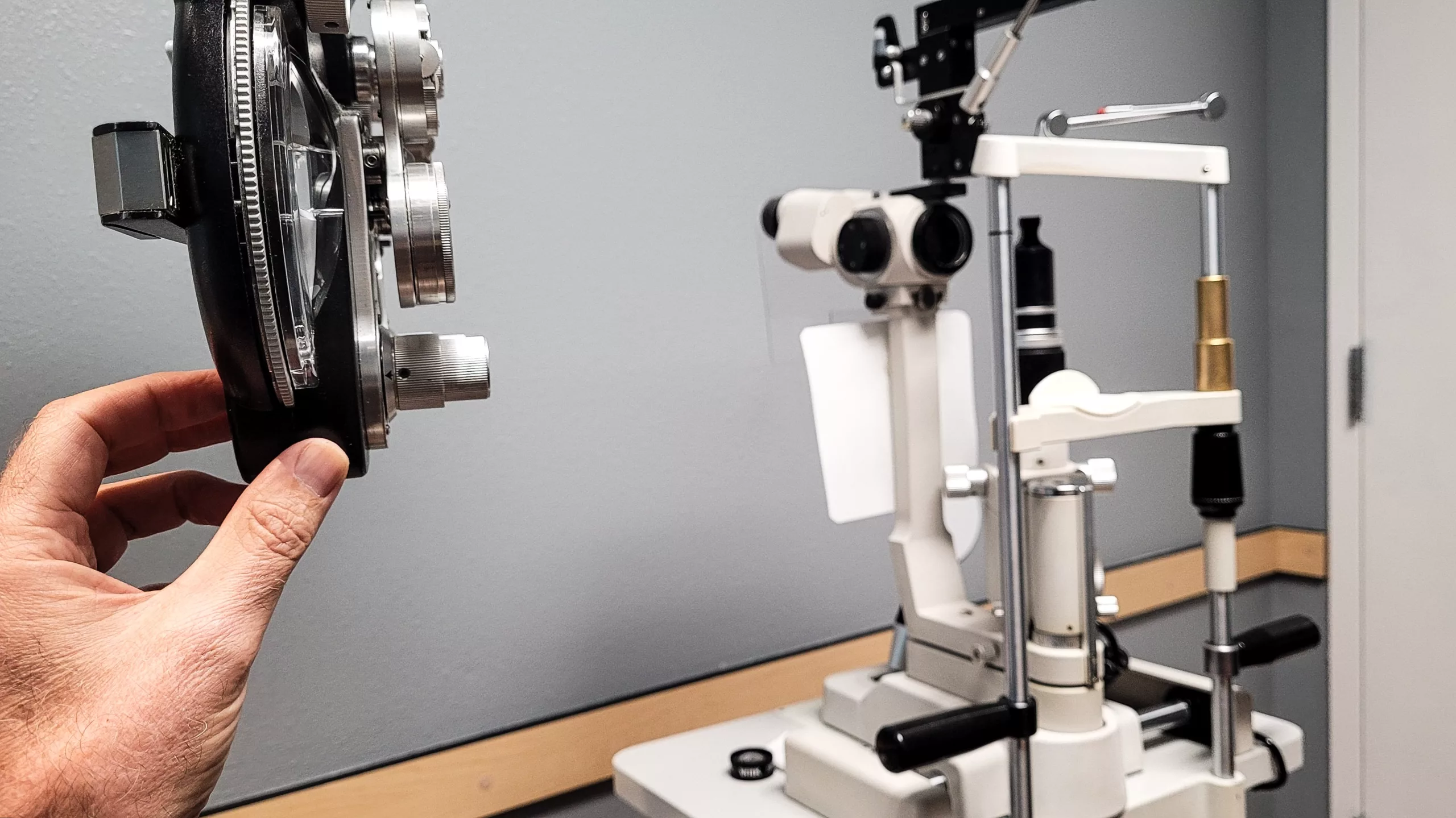Understanding Subluxation of the Lens
Introduction
Subluxation of the lens, also known as lens luxation, is a serious ocular condition that can affect dogs, cats, and humans. This comprehensive guide aims to provide valuable insights into this condition, empowering readers with essential knowledge to recognize, address, and manage lens subluxation effectively.
What is Subluxation of the Lens?
Subluxation of the lens refers to the partial displacement or dislocation of the lens from its normal position within the eye. This displacement can result from various factors, including trauma, genetic predisposition, or underlying ocular disorders. Subluxation can lead to significant visual impairment and ocular discomfort if left untreated.
Causes of Subluxation of the Lens
Several factors may contribute to the development of lens subluxation, including:
- Genetic Predisposition: Certain dog breeds, such as the Shih Tzu, Beagle, and Border Collie, are more prone to developing lens subluxation due to genetic factors.
- Trauma: Blunt force trauma or injury to the eye can disrupt the structures supporting the lens, leading to its partial displacement.
- Underlying Ocular Disorders: Conditions such as glaucoma, uveitis, or retinal degeneration can weaken the zonular fibers that hold the lens in place, increasing the risk of subluxation.
Symptoms of Subluxation of the Lens
The clinical presentation of lens subluxation may vary depending on the extent and severity of the displacement. Common symptoms include:
- Change in Eye Appearance: The affected eye may appear abnormal, with the lens visibly displaced from its normal position.
- Ocular Discomfort: Pets or individuals with lens subluxation may exhibit signs of ocular discomfort, such as squinting, rubbing at the eye, or excessive tearing.
- Vision Changes: Lens subluxation can cause vision changes, including blurriness, difficulty focusing, or vision loss in severe cases.
Diagnosis of Subluxation of the Lens
Diagnosing lens subluxation requires a comprehensive ocular examination by a qualified ophthalmologist or optometrist. This examination may include:
- Visual Inspection: Visual assessment of the affected eye to identify any signs of lens displacement or abnormalities.
- Ocular Imaging: Imaging studies such as ultrasound or optical coherence tomography (OCT) may be used to visualize the position of the lens and assess the integrity of the surrounding structures.
- Refraction Test: A refraction test may be performed to evaluate the extent of refractive error caused by lens subluxation.
Treatment Options for Subluxation of the Lens
Treatment strategies for lens subluxation aim to stabilize the lens, alleviate symptoms, and preserve vision. Depending on the severity of the condition, treatment options may include:
- Medical Management: In mild cases, veterinarians or ophthalmologists may prescribe topical medications or oral supplements to reduce inflammation, alleviate pain, and improve ocular comfort.
- Surgical Intervention: For more severe or progressive cases, surgical correction may be necessary. Surgical procedures aim to reposition or stabilize the lens, restore normal ocular anatomy, and prevent further complications.
Prognosis for Subluxation of the Lens
The prognosis for lens subluxation varies depending on several factors, including the underlying cause, the extent of lens displacement, and the timeliness of intervention. With prompt diagnosis and appropriate treatment, many pets and individuals with lens subluxation can experience significant improvement in ocular comfort and function. However, untreated or advanced cases may lead to permanent vision loss or other complications.
Conclusion
In conclusion, lens subluxation represents a complex ocular condition that requires prompt diagnosis and intervention to preserve vision and ocular health. By understanding the causes, symptoms, diagnosis, treatment options, and prognosis associated with lens subluxation, individuals can take proactive steps to address this condition effectively. Through collaboration with qualified eye care professionals and adherence to recommended treatment protocols, pets and individuals affected by lens subluxation can achieve improved ocular outcomes and a better quality of life.
World Eye Care Foundation’s eyecare.live brings you the latest information from various industry sources and experts in eye health and vision care. Please consult with your eye care provider for more general information and specific eye conditions. We do not provide any medical advice, suggestions or recommendations in any health conditions.
Commonly Asked Questions
Follow-up care includes regular eye exams, medication administration as prescribed, and monitoring for any signs of recurrence or complications.
Recovery time varies but typically involves several weeks of restricted activity and medication to manage inflammation and pain.
Surgical options include procedures to reposition or stabilize the lens, and sometimes lens removal is necessary to prevent further complications.
If left untreated, lens subluxation can lead to significant vision loss or blindness due to complications like glaucoma or retinal detachment.
Diagnosis involves a visual inspection, ocular imaging (such as ultrasound or OCT), and sometimes a refraction test.
Yes, lens subluxation can cause significant discomfort, leading to behaviors like squinting and eye rubbing.
Early signs include changes in eye appearance, squinting, rubbing at the eye, and excessive tearing.
Trauma can damage the zonular fibers that support the lens, causing it to partially displace from its normal position.
Yes, breeds such as Shih Tzus, Beagles, and Border Collies are more prone to lens subluxation due to genetic factors.
While genetic predisposition cannot be prevented, regular eye check-ups, protecting pets from eye injuries, and managing underlying ocular conditions can reduce the risk of lens subluxation.
news via inbox
Subscribe here to get latest updates !







